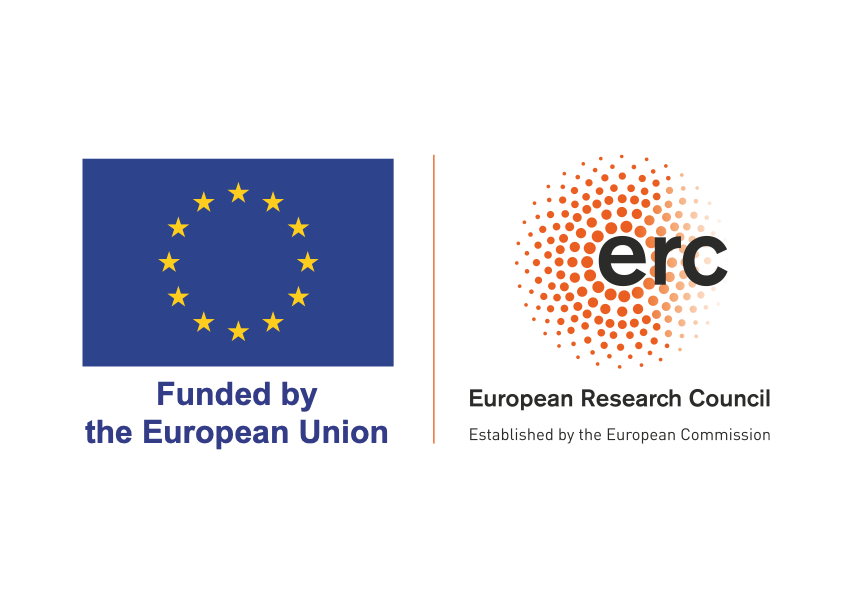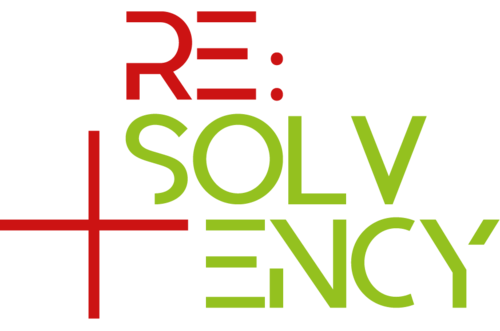Corporate Debt
Corporations steer global markets and social development. Yet, “shareholder primacy” and “the privatization of profits and socialization of losses” (e.g. with public bank rescue bailouts) epitomize the unsustainability of our social practices. The profit maximization of corporations at the cost of environment and humans in the last decades has triggered multiple crises. Nevertheless, corporate power also holds potential to mitigate the ecological and social crises and might even be essential (e.g. in absence of an effective international law regulator) for the much required transformation to a more sustainable social order. But how can we exploit this potential?
To address this question, this project delves deep into the core of corporations. Corporations ultimately are the nucleus of a variety of debt relations. Stakeholders cooperate through corporations to produce value. Financial institutions provide credit, workers and employees labour, suppliers goods, intellectually property owners licenses, lessors premises etc. If the way these debt relations interact shapes corporate decision making, it might form corporate sustainability too.
Insolvency law holds the potential to inject sustainable values into the system of corporate debt relations. One crucial factor are insolvency priorities. Within an insolvency situation someone must take the loss. This situation of scarcity enforces normative decisions and to balance stakeholders´ interests. In other words: we must prioritize. Though the formal equality of creditors (pari passu) is considered an important principle in insolvency law, most jurisdictions comprehend shortcuts of this solution that decontextualizes debt relations from their social environment. Therefore, these jurisdictions prioritize certain debts distinguishing for instance between debts of workers/employees, secured credit or collective actors´ debts.
The priority order of debts signifies the ‘just’ ex post distribution of corporate assets with potentially far reaching consequences for individual creditors. Yet, even more important in regards to sustainability are the ex-ante effects on credit issuance. Priority regimes form financial markets. The large-scale unsustainable derivative market for instance would not be possible, if it was not for the insolvency privilege of financial contracts in many countries. The design of a priority regime might even impede the socialization of costs by prioritizing collective debts or urging banks to price in the social costs of their credit issuance. To enhance our knowledge of priority regimes and their sustainability, we will compare priority decisions around the world. These insights will be combined with sustainability science to construct a sustainability index that renders possible a comparison of the sustainability of insolvency law between jurisdictions around the world.
In a further step, the project aims to move beyond a classic understanding of insolvency law as a distribution mechanism. The mental switch to resolvency law implies to perceive collective insolvency procedures as a deliberative frame that integrates and balances all affected social interests (economic, political, cultural, ecological) and stakeholders. The goal is to overcome the financial distress of a corporation – taking seriously the possibility of liquidation.
The idea of corporate debt restructuring to prevent a liquidation can be found in many countries and gains increasing attention in our transformation to a service and knowledge economy. However, the focus of resolvency law is not only to make the corporation resolvent in an economic sense but mediate other social debt conflicts too. At stake is not only the distribution of assets but the (sustainable) future cooperation of stakeholders embedded in its social environment. Such a procedure might ultimately be seen as a democratization of debt (relations).
The democratic perspective on collective procedures of insolvency law in particular and private law in general brings about crucial questions about the system design of such procedures: which interest to include and how to balance them? To offer a best practice collection of design solutions for collective insolvency procedures, we compare, analyze, and evaluate procedural restructuring settings around the world. Combined with democratic theory, this comparative law methodology will allow us to assess and enfold the democratic potentials of procedural private law.
In sum, we aim to map out how insolvency law might contribute to a sustainable conception of corporate debt by reflecting and balancing economic, political, cultural, and ecological concerns. We want to display the meaning of sustainability in the context of corporate debt systems and the key elements of its legal design. As these key elements are a crucial driver of its contemporary unsustainability, they might also hold the potential to support the transformation to a sustainable social order.

Funded by the European Union (ERC, RESOLVENCY, 950427). Views and opinions expressed are however those of the author(s) only and do not necessarily reflect those of the European Union or the European Research Council Executive Agency. Neither the European Union nor the granting authority can be held responsible for them.
